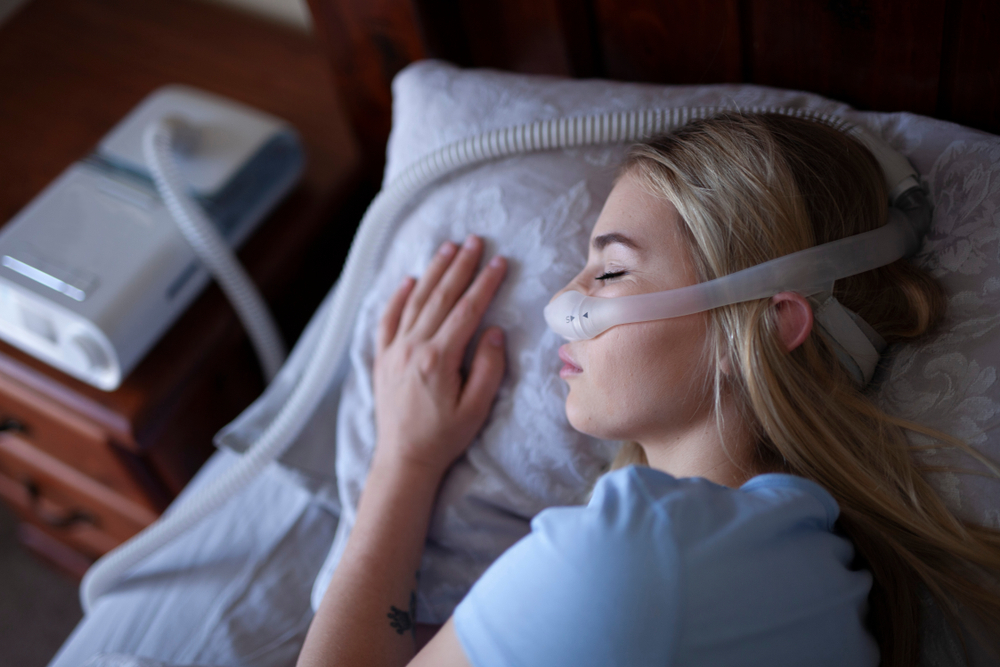Stop Struggling with CPAP
CPAP therapy is an effective treatment for obstructive sleep apnea, but many patients experience side effects that can make it difficult to comply with therapy. Some of the most common side effects of CPAP include skin irritation, mask discomfort, nasal congestion, and dry mouth, according to Dr. Doneskey of the Sleep Apnea and Facial Pain Center. While these side effects may seem minor, they can significantly impact a patient’s quality of sleep and willingness to continue using their CPAP device.
Fortunately, there are several simple remedies and adjustments that can help patients manage CPAP side effects. With some trial and error, most patients can find a CPAP routine that minimizes side effects and lets them gain the full benefits of treatment. This article will discuss the most prevalent CPAP side effects and provide practical tips to alleviate problems and improve patient comfort and compliance. With the right adjustments, patients can overcome the learning curve and obstacles of CPAP treatment.
